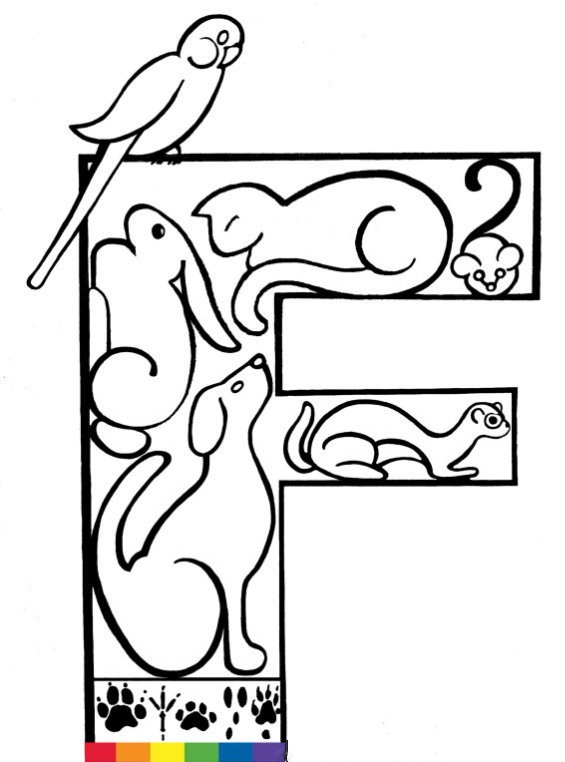Did you know pet rabbits should be kept indoors to protect against predators, and that rabbits don’t like to be alone? Find out what other facts and responsibilities you should know to take good care of your pet rabbit.
Supplies Needed
• A solid-bottom cage. Don’t get a wood cage, because rabbits chew wood. Small to medium rabbits need a cage that’s at least four feet wide two feet deep, and two feet tall. Double the size for a large rabbit.
• Ceramic or metal food bowl only. Rabbits chew plastic.
• A water bottle that attaches to the cage. These are cleaner than water bowls. Chew toys like wood blocks or lava rocks. Rabbit’s teeth never stop growing. They need to chew daily.
• Timothy hay only. Never use alfalfa or wood chips (especially cedar!) A digging area filled with Timothy hay. Rabbits love to dig.
• A pet carrier
• Pelleted rabbit diet (read the label to be sure alfalfa is not there or at least 5 or more ingredients down the list).
• Soft grooming brush
• A litter box- if you want to train your rabbit. It’s pretty easy to do.
• Steps to Litter Box Training
• Place a litter box in one corner of the cage. Fill the box with litter. When your rabbit pees or poops. Move the soaked hay or poop to the litter box. The smell will cause your pet to use the litter box.
• Chores Daily
• Feed your rabbit pelleted rabbit food, timothy hay, and dark green/orange vegetables.
• Take your rabbit out and play with him/her no more than 20 minutes a day.
• Remove any uneaten vegetables or fruit.
• Chores Weekly
• Clean the cage and litter box, using bleach. Mix one part bleach to twenty parts water and rinse thoroughly.
• Brush your rabbit twice a week. Brush daily during “shedding season” in the spring and summer.
• Chores Yearly
• Take your rabbit to the veterinarian for a check-up. When your rabbit turns 6 years old, he/she should go twice a year, to the veterinarian.

